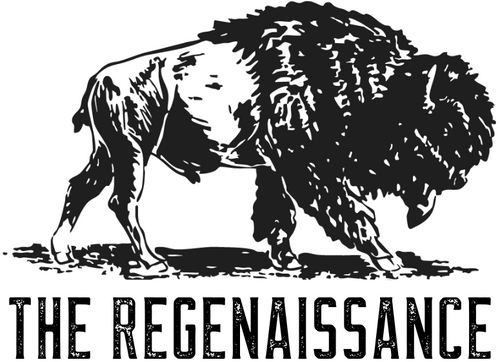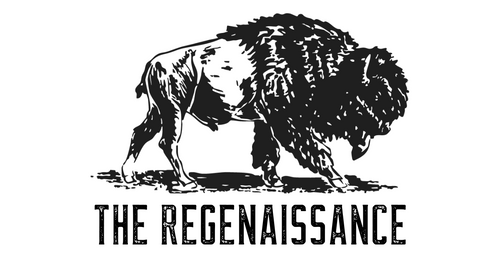California — the land of sunshine and salad bowls — is in the middle of its most explosive fight in a century. This isn’t just about drought. It’s about power, food, and who controls the “liquid gold” that keeps farms alive. And right now, small farmers are watching their wells run dry while Big Ag drills ever deeper. At stake is nothing less than food sovereignty — the right of communities to control their food systems.
What’s Happening in California’s Water Crisis
-
Since 2000, Colorado River flows have dropped 20% due to climate change and overuse.
-
California’s Sustainable Groundwater Management Act (SGMA) requires aquifers to balance withdrawals by 2040, meaning millions of acres could go fallow.
-
The Imperial Valley alone controls 70% of California’s Colorado River allocation, sparking battles with other states and small farmers.
-
Up to 1 million acres of farmland may be permanently retired, threatening over 67,000 jobs.
This isn’t just a drought — it’s a structural crisis that reveals decades of over-pumping, flawed water rights, and political favoritism for industrial agriculture.
How Small Farmers Are Affected
For regenerative growers like Ryan Chang-Fleeman in Sonoma, the dream of feeding local communities is colliding with dry reservoirs and state-ordered cutbacks. In Yuba County, entire food co-ops have seen irrigation water vanish overnight. Meanwhile, corporate operations drill $100,000 wells hundreds of feet deeper than family farms can afford, draining shared aquifers.
The result? A cruel equation: Big Ag gets to keep pumping, while small farms — often the ones supplying CSAs, farmers’ markets, and local schools — wither first. Communities lose both food and jobs, and farmworkers face displacement on a Dust Bowl scale.
Regenerative Solutions That Work
Yet hope is growing. At Singing Frogs Farm, soil organic matter has tripled, letting each acre hold tens of thousands more gallons of water. Paicines Ranch has eliminated runoff entirely by integrating livestock with crops. And at Terranova Ranch, farmer Don Cameron’s recharge system captured enough floodwater in 2023 to raise his groundwater table by 15 feet.
These practices prove that regenerative agriculture can rebuild resilience. Healthy soil acts as a sponge. Managed grazing recharges aquifers. Floodplain farming can bank water for future droughts. This isn’t theory — it’s happening now.
Why Food Sovereignty Depends on Water Justice
The battle over water is also a battle over who controls our food. If small farms are priced or pumped out of existence, corporate mega-farms will dictate what we eat, what it costs, and whether rural communities survive. Food sovereignty demands that water be treated not as a private commodity, but as a shared resource to nourish people first.
And yet — policy still rewards water-wasting exports like alfalfa hay shipped to Asia while towns in the Central Valley run out of drinking water. Rebels, that’s backwards.
What Needs to Change
-
Policy Shift: End “use it or lose it” rules, prioritize water for food security, and halt new permanent orchards in critically dry basins.
-
Support Regenerative Farms: Expand programs like California’s Healthy Soils Initiative and SWEEP to help small growers build resilience.
-
Water Justice: Protect farmworker towns whose wells are drying up while Big Ag profits.
Rebels, California’s water struggle is America’s food struggle. Stand with regenerative farmers — share this story, subscribe, and demand water justice. Because food freedom runs on water, and the fight for sovereignty starts in the fields.





